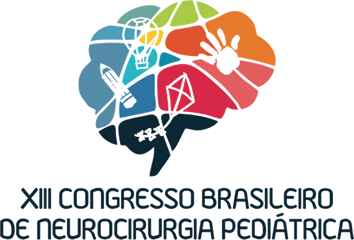Dados do Trabalho
Título
Risk Factors and Results of Hemispherotomy Reoperations
Objetivo
Hemispherotomy consists of a well-established surgical technique for the treatment of refractory hemispheric epilepsies, with a success rate close to 80%. However, for those cases that fail, there are few studies in the medical literature that contemplate the reasons, viability and strategies of a reoperation. This study aim to evaluate preoperative factors that may influence the failure rate of hemispherotomies and the results of reoperations.
Materiais e Métodos/Casuística
Revision of the medical record of 15 consecutive cases submitted to reoperation of a hemispherotomy at a reference institution in epilepsy surgery between 2003 and 2018, with emphasis on the following data: age, epilepsy etiology, surgical technique, surgical findings in reoperation, findings of the magnetic resonance imaging, classification of engel and postoperative complications.
Resultados
From the 150 cases of hemispherotomy, 15 were submitted to reoperation due to the recurrence of epileptic seizures. Rasmussen encephalitis, with 7 cases (47%), was the most frequent etiology, followed by hemimegalencephaly, with 6 cases (40%), porencephaly, 1 case (6.5%) and Sturge-Weber, 1 case (6.5%). The technique used was the peri-insular hemispherotomy without temporal lobectomy in 13 cases, with lobectomy in 1 case and parasagittal hemispherotomy in another case. In eleven patients there was radiological evidence of incomplete disconnection, of which 8 were in the splenius of the corpus callosum, 4 were in some other portion of the corpus callosum, and 2 were a remaining frontobasal connection, confirmed intraoperatively. In cases without MRI diagnostic, the surgical finding was: 2 with incomplete fronto-basal disconnection, 2 with remaining splenius, and 1 was comlemented with temporal lobectomy. All presented some improvement in seizures after the reoperation, with 5 Engel 1A and 3 Engel 3 in those with more than one year of follow-up, and 4 Engel 3 and 3 Engel 1 in those less than one year of follow-up up to the moment. There were three complications (20%): one surgical wound infection and two cases of hydrocephalus requiring shunt.
Discussão e Conclusões
Peri-insular hemispherotomy is a safe and effective technique, which the greatest difficulty is disconnecting the splenius of the corpus callosum. The reoperation is safe and capable of achieving good results after extensive clinical and radiological evaluation.
Referências bibliográficas
Palavras Chaves
Hemispherotomy - Reoperation - Epilepsy
Área
Neurocirurgia Pediátrica
Instituições
Hospital das Clínicas de Ribeirão Preto - São Paulo - Brasil
Autores
Thiago Lyrio Teixeira, Marcelo Volpon Santos, Ricardo Santos de Oliveira, Úrsula Thomé Costa, Antônio Carlos dos Santos, Americo Ceiki Sakamoto, Hélio Rubens Machado
